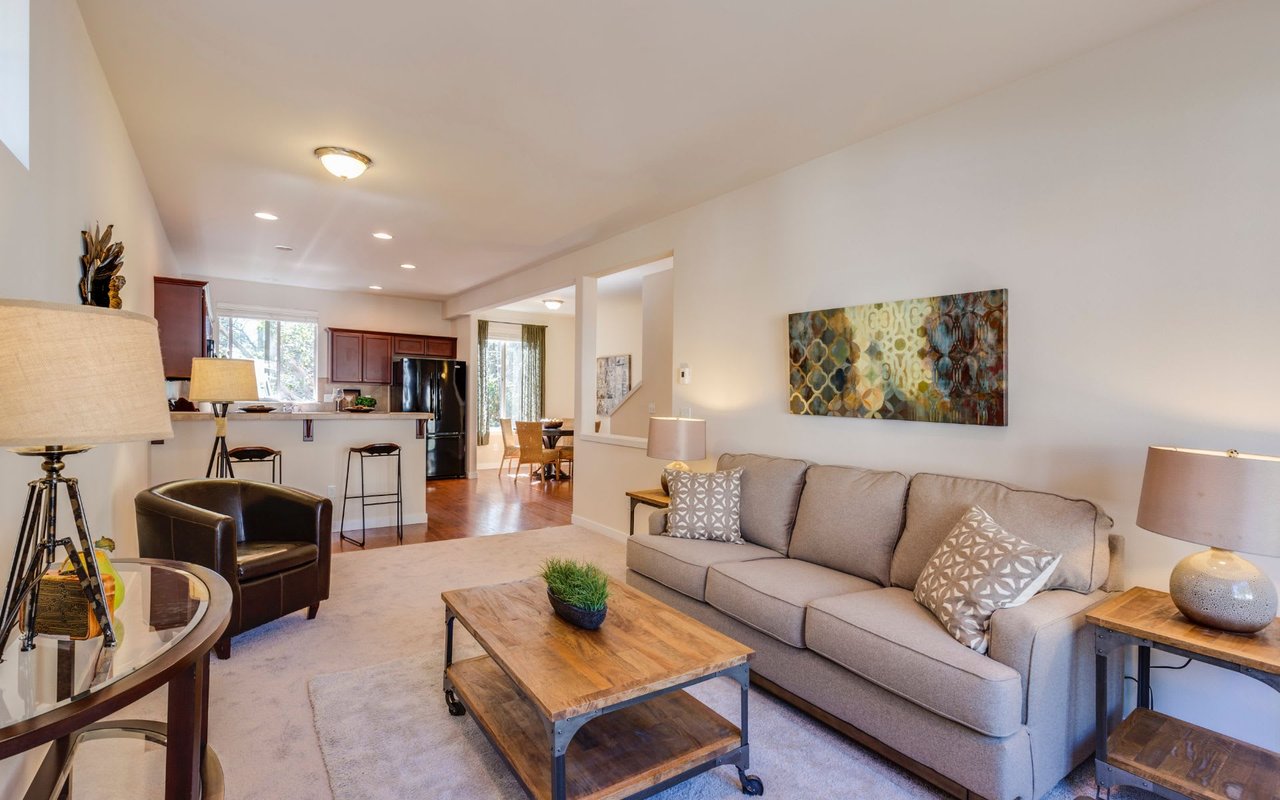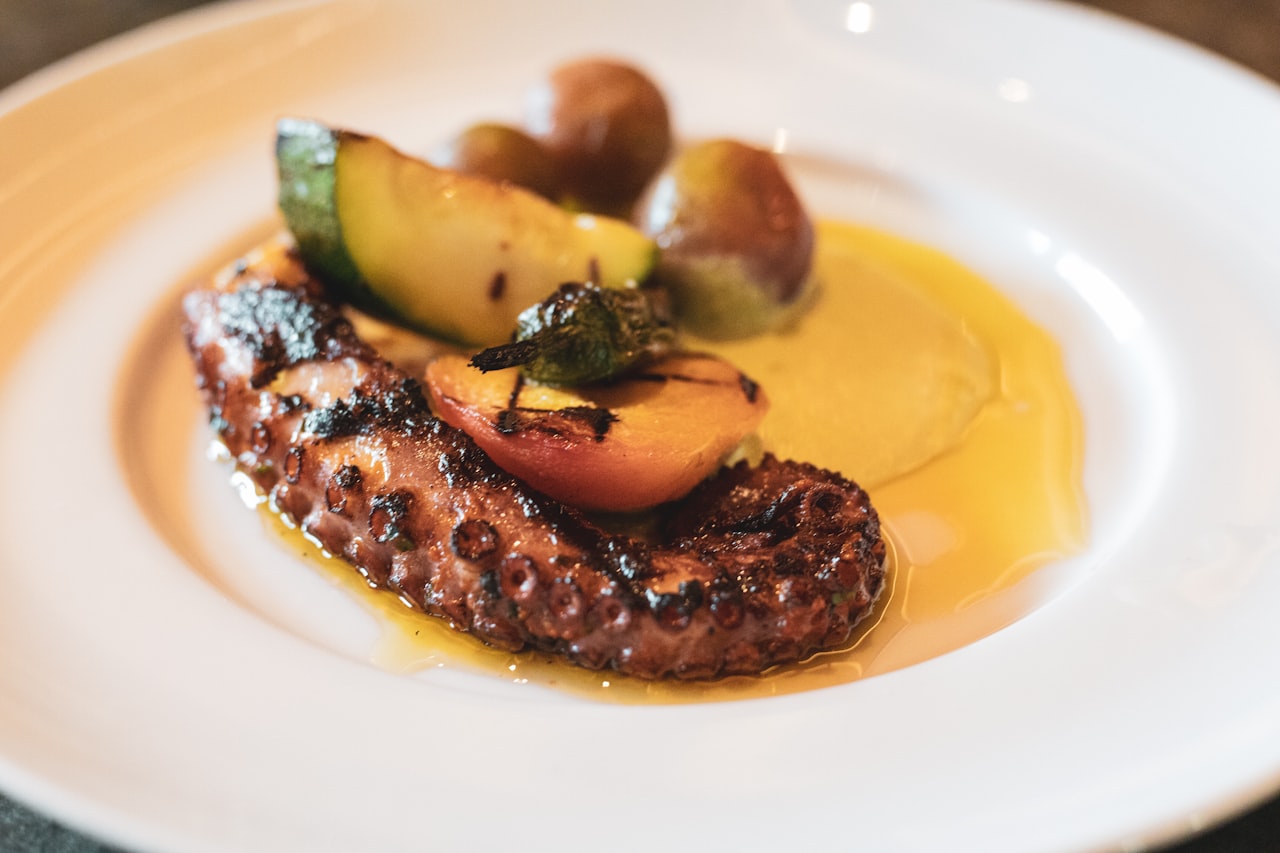
UPDATE (August 24/2018): The article below was written earlier in the year after the flooding on Kauai but before the arrival of Hurricane Lane. Regardless, the information below remains true for those who are considering investing in Oahu real estate while seeking to avoid areas with increased risk of flooding.
This has been on of the craziest years on recent record when it comes to rain and the Hawaiian island chain. While the tragic, flood-ridden, and uprooted communities on Kauai deserve all of our attention, Oahu is certainly getting some word-of-mouth press as of late. One walk through Waikiki and you can hear visitors talking about the unexpected spring weather. Of course, they’re also gushing about the breathtaking rainbows.
While the clouds eventually dissipate, and our paradise invariably returns to being just that, prospective homebuyers having been posing the question of late more than ever before what part of the island gets the least rain? The answer isn’t as clear as it always used to be, which is why we’ve decided to weigh in for those of you not quite familiar with the island climate. It’s an important one to address, as weather can have an impact not only on your quality of life but on your monthly and annual property maintenance.
Average Annual Rainfall for Oahu by Residential Community and Where You May Want to Buy In
Dry on the West Side
The driest stretch of island land averages just over 20 inches per annum, and runs along our western coast and up the hills into residential hotspots such as Kapolei. Below are some attractive and/or up-and-coming residential communities on this side of the island that you may be considering buying in.
- Ewa Beach: 18-inches average annual rainfall
- Kapolei: 16-inches average annual rainfall
- Waianae: 21-inches average annual rainfall
- Makakilo: 16-inches average annual rainfall
South Shore Gets More Sun
The more densely populated south shore also enjoys a relatively perpetual dry season, with some of the higher elevations crossing into the 30-inches+ of annual rain category. These communities are the names newcomers (and thus prospective buyers) know and love, including Honolulu and Waikiki. Those obvious real estate hotspots aside, there are some other neighborhoods to consider investing in.
- Aiea: 59-inches average annual rainfall, with a notable increase in recent years
- Kakaako: 17.5-inches average annual rainfall
- Ala Moana: 29.5-inches average annual rainfall
- Kahala/Waialae: 27-inches average annual rainfall
It’s What Makes the Windward Side so Beautiful
The windward side gets the most rain (especially as of late) but as you know, the rainfall is what also makes it one of the most beautiful places on this entire planet. The coastal sections average above 48 inches, but as you make your way inland you can expect that number to get much higher, running (or should be say raining) between 66 inches up towards 200 inches and then some in the mountains. Thankfully, most of the prime residential communities fall on the shorter end of the rain stick.
- Hawaii Kai: 31-inches
- Kailua: 32-inches
- Kaneohe: 37-inches
- Kaaawa: 53-inches
Keeping the Country, Country, on the North Shore
North Shore weather can be schizophrenic. On one end (westerly) you’ll rarely witness more than 30 inches of average annual rainfall, while as you make your way east you’ll see the scales tip passed 60 inches without blinking an eye. But like with the windward side, this is all instrumental in keeping the country, country (as the saying goes), complete with lush tropical flora at every turn. While you can’t go wrong with any North Shore community, here are some listings to take a good look at.
- Laie: 36-inches
- Kahuku: 36-inches
- Pupukea: 55-inches
- Haleiwa: 44-inches
- Waialua: 30-inches
Central Oahu – A Mixed Bag
- Mililani: 64-inches
- Wahiawa: 64-inches
Central Oahu is as you’d expect it to be in this capacity. Drier on the western edge, moderate from north (Wahiawa) to the south (Pearl City), and wetter in the higher elevations that extend towards the east. But central Oahu is home to two great family communities with good schools and homes that you’ll want to take a look at.





